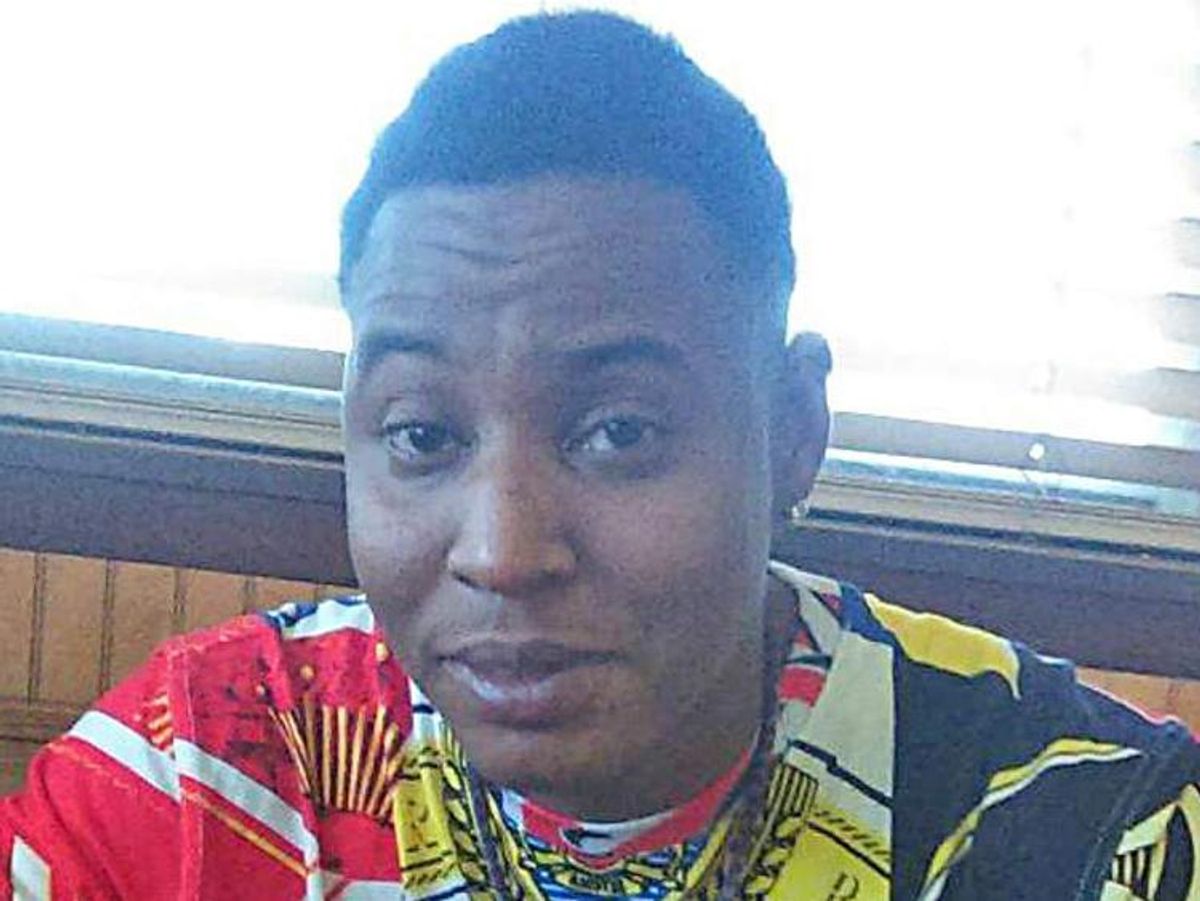Demarkis Stansberry, a 30-year-old black man of transgender experience, was fatally shot Saturday in Baton Rouge, La.
Stansberry was shot in the head by 24-year-old Nicholas Matthews, reports local newspaper The Advocate. Matthews reportedly turned himself in to local police the day of the shooting and confessed to killing Stansberry.
Stansberry was shot inside Matthews's home just before 11:30 a.m. Saturday. After finding Stansberry in the house, East Baton Rouge Parish sheriff's deputies pronounced Stansberry dead at the scene, according to KSLA TV, a station in Shreveport.
Matthews is currently in custody at the parish jail, where he has been charged with negligent homicide, illegal use of a weapon, and possession of a firearm by a felon. His bail has been set at $90,000. Parish police did not respond to requests for further information by press time.
Matthews's brother, Frederick Matthews (who is allegedly a friend of Stansberry's) told KSLA that he visited his brother's home with Stansberry Friday to pick up DJ equipment. Frederick Matthews told the station that he was in another room when the shooting occurred. When questioned by police, the brother at first told them that he saw an unknown perpetrator running out of the home's front door. But he later changed his story, alleging that his own brother shot Stansberry. He also told police that, when he arrived at the home, he saw a handgun tucked into his brother's waistband.
Matthews reportedly told police that he shot Stansberry by accident. Matthews said he believed his gun was empty, because he thought he had unloaded the entire clip on New Year's Eve. As a convicted felon, Matthews does not have the legal right to own a firearm.
Both KSLA and Louisiana's Advocate report that the fatal shot was fired into Stansberry's skull at point-blank range and that Matthews was reportedly standing next to his victim when the shooting occurred.
Stansberry's death becomes the fourth reported transgender homicide this year, after the killings of Monica Loera, Kayden Clarke, and Maya Young.
Two other black trans people, both in Texas -- a San Antonio woman named Veronica Banks Cano and a Dallas man named Nino Acox Jackson -- died under violent circumstances this year, although details about the cause of death remain unknown. Cano was found deceased fully clothed in a bathtub, and Jackson was found dead in Lake Ray Hubbard.
As with the other three trans homicides this year, the reporting on Stansberry's death by non-LGBT sources deadnames and misgenders Stansberry, even after his partner of four years, Myesha Brown, told reporters that her late partner identified as male.
While Louisiana's Advocate included Stansberry's preferred first name (albeit surrounded by quotation marks), it still nonetheless printed his former female name, contrary to journalistic best practices embraced by the Associated Press and GLAAD. The Louisiana publication's story also relied on hard-to-verify social media comments for identification of the victim, quoting Facebook comments posted by Stansberry's former classmates, who alternately identified him by male and female names.
These problems reveal an increasingly serious need for training in affirmative reporting about the lives and deaths of transgender individuals in mainstream publications. Advocates for equality insist that, even in death, an LGBT person or any person from a marginalized community can be further victimized by what is often called "spirit murder" -- culturally disrespectful misidentifications that corrupt the presence of a person after their passing.
In the wake of such reporting, some advocates take to social media to perform a kind of cultural recovery, correcting problematic usages and identifications, seeking to humanize trans homicide victims. Just one example of such restorative efforts comes from Mitch Kellaway, a former correspondent for this publication:


















































































